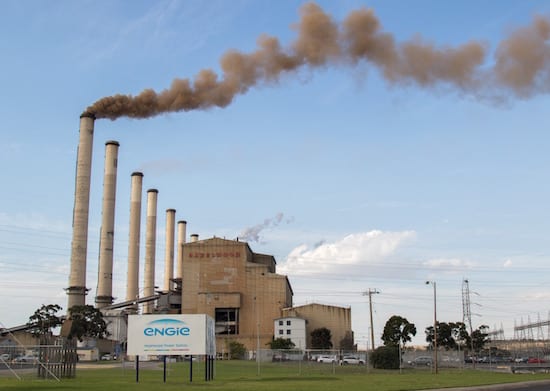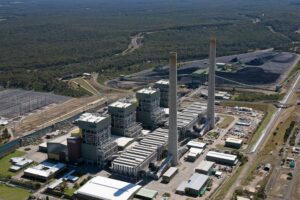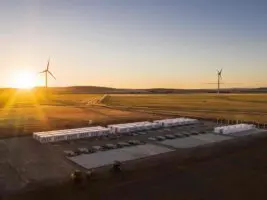Owners of Australia’s ageing coal-fired power plants – and other generators for that matter – will have to give at least three years’ notice of plans to close down the generators, according to a new rule completed by the Australian Energy Market Commission.
The AEMC said on Thursday that the rule change – based on one of the recommendations from the energy market review by Australia’s chief scientist, Alan Finkel – would promote reliability in the National Electricity Market. It will come into effect from July next year.
Another #Finkel recommendation complete. The new rule requires generators to give AEMO at least three years’ notice of an intention to close and regularly update AEMO about any changes. https://t.co/hFTRGAbstP
— Clare Savage (@ClareSavage17) November 8, 2018
“It does so by creating a framework that requires generators to provide AEMO with the closure year for all their scheduled and semi-scheduled generating units,” the AEMC said in its final determination summary on Thursday.
“It also requires them to provide AEMO at least three years’ notice of their intention to permanently close a generating unit by notifying the date they wish to terminate the classification of the generating unit,” the paper says.
“The provision of this information to the market will assist in managing the market impacts of the retirement of the existing coal-fired generators as they reach the end of their economic lives.”
The new rule comes in the wake of last year’s closure of the Hazelwood coal-fired generator in Victoria’s Latrobe Valley, which was unceremoniously shuttered by its French owner, Engie, for commercial reasons.
And it anticipates the imminent and inevitable closure of the remainder of Australia’s ageing coal fleet, led by AGL Energy’s Liddell plant in New South Wales.
As it happens, AGL has provided a good seven years’ notice of its plans to close Liddell at the end of its life in 2022, along with detailed plans to replace its capacity with a mixture of wind, solar, battery storage, demand management, a new generator and an upgrade of the Bayswater coal fired power station.
These plans have met with considerable resistance from the federal Coalition government, however, which wants Liddell kept running for a further five years, despite its decreasing reliability.
The AEMC rule does permit a generator to provide its first notice of closure with less than three years notice, but only in circumstances where an exemption has been granted by the Australian Energy Regulator.
It also requires an amended notice of closure to provide no less than three years notice from the date the amended notice is provided, unless the closure date extends a previous closure date, or an exemption has been granted by the AER.
In its “rationale” of the new rule, which was finessed by the Energy Security Board’s Kerry Schott, based on the Finkel recommendation, the AEMC said its main purpose was to protect consumers from avoidable electricity price rises.
“Recent experience shows that sudden and unexpected retirement of large generators can cause undesirable consequences in the market, such as a material increase in wholesale prices,” the AEMC said.
“Provided with sufficient notice, the market has time to respond, minimising the likelihood of any price shocks.”
Reliability of supply was also part of the Commission’s consideration, although it admitted an outcome of insufficient generation to meet demand was much less likely to occur, particularly with due notice.
“These concerns [of security of supply] may not eventuate if information on plant retirement is provided to the market in sufficient time for participants to respond,” it said.
“This time allows market participants to factor this information into their investment, operational and retirement decisions, potentially changing their decisions.
“For example, another generator may decide to stay open longer or bring forward its plans to invest in new generation.”








